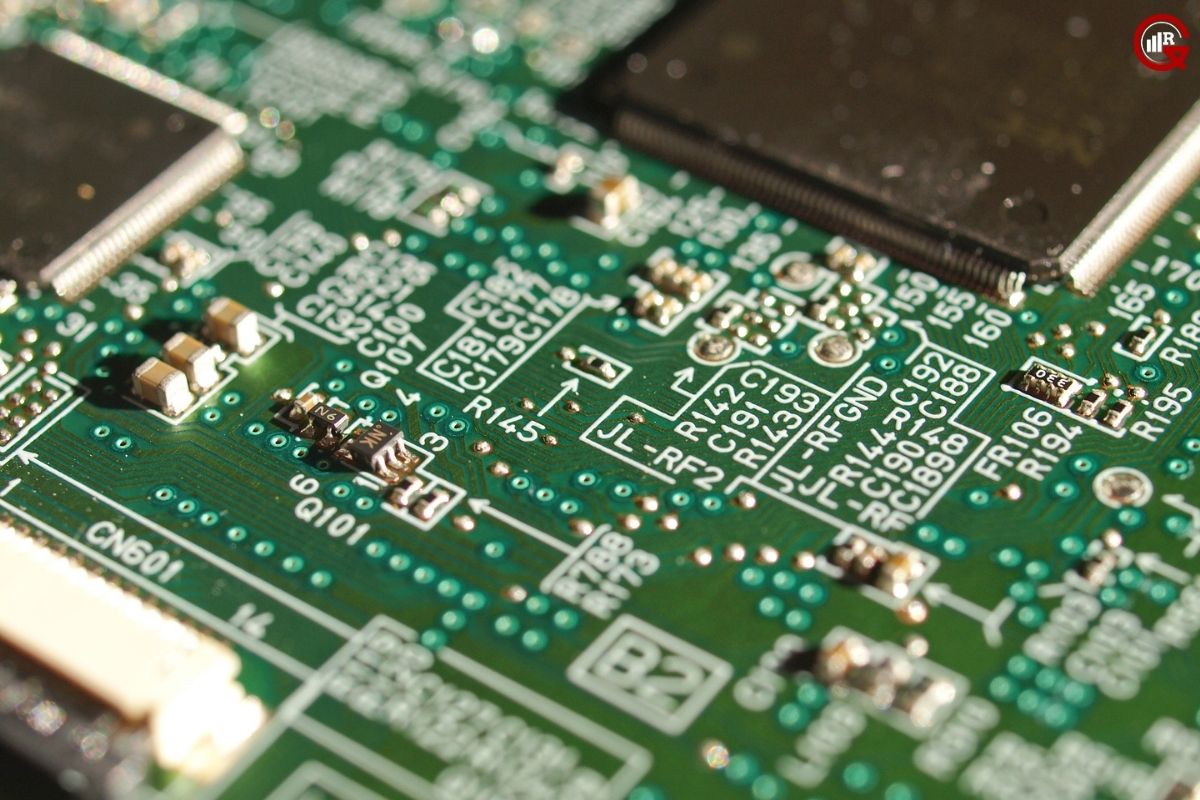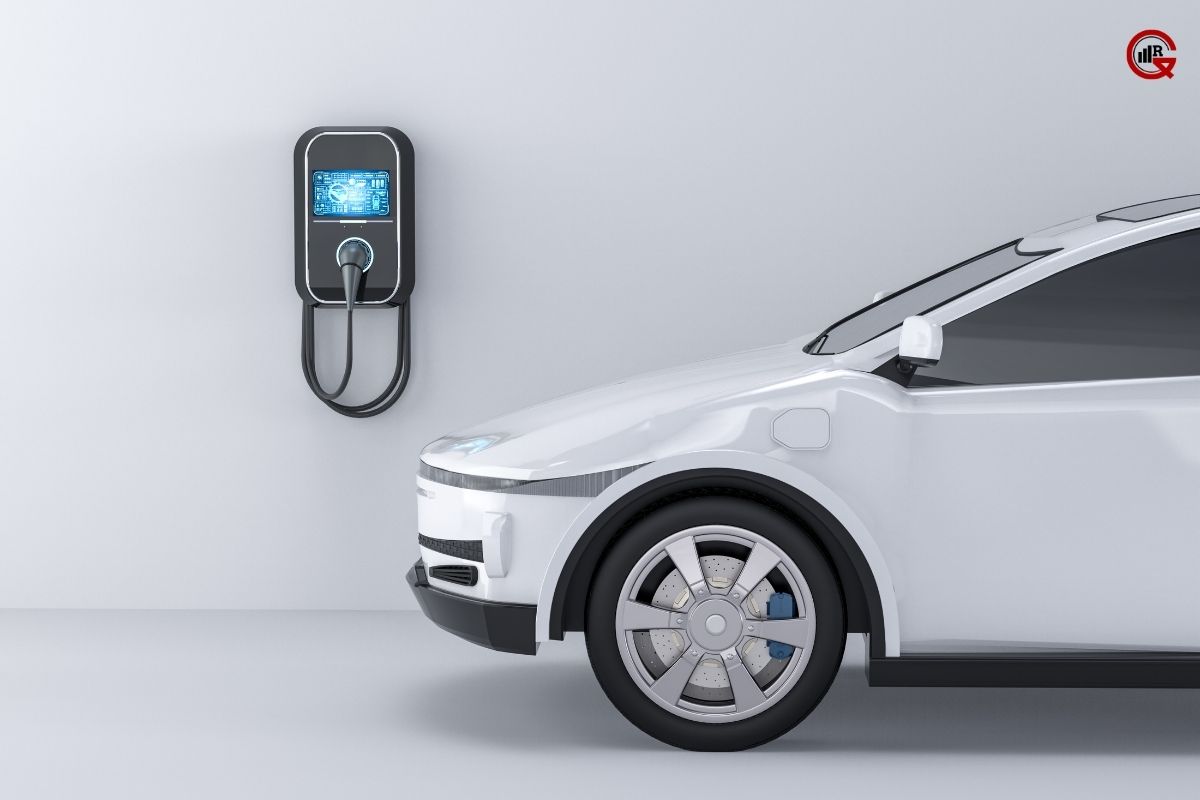In recent years, 3D printing technology has surged to the forefront of innovation, revolutionizing various industries from healthcare to aerospace. One of the most groundbreaking applications of this technology is in the development of 3D-printed batteries. These batteries promise to transform energy storage by offering enhanced design flexibility, improved performance, and the potential for customizability. 3D-printed batteries explores the world of batteries, delving into their fabrication, advantages, current applications, and future prospects.
The Fabrication Process:
The fabrication of 3D-printed batteries involves using additive manufacturing techniques to layer materials in precise geometries, creating intricate battery architectures. This process typically includes the following steps:
Design and Modeling: The first step involves designing the battery’s structure using computer-aided design (CAD) software. Engineers can optimize the shape and size to enhance performance characteristics such as energy density and thermal management.
Material Selection: Suitable materials for the anode, cathode, electrolyte, and current collectors are selected. Common materials include lithium-based compounds for lithium-ion batteries while emerging materials like graphene and nanomaterials are also being explored for their superior properties.
Printing Process: Various 3D printing technologies, such as fused deposition modeling (FDM), stereolithography (SLA), and direct ink writing (DIW), are employed to print the battery components layer by layer. Each technology offers distinct advantages in terms of precision, material compatibility, and production speed.
Assembly and Integration: Once the individual components are printed, they are assembled to form a complete battery. This step may involve additional processes like curing, sintering, or thermal treatment to enhance the material properties and ensure the structural integrity of the battery.

Testing and Optimization: The fabricated battery undergoes rigorous testing to evaluate its performance metrics, such as capacity, energy density, cycle life, and thermal stability. Based on the results, the design and fabrication processes can be refined to achieve optimal performance.
Advantages of 3D-Printed Batteries:
Printed batteries offer several significant advantages over traditional manufacturing methods:
Design Flexibility: Traditional battery manufacturing is limited by the constraints of conventional fabrication techniques. 3D printing allows for the creation of complex geometries and custom designs, enabling batteries to be tailored to specific applications and form factors.
Enhanced Performance: By optimizing the internal architecture of the battery, 3D printing can improve energy density, power density, and thermal management. This leads to batteries that are more efficient, have longer cycle lives, and perform better under various conditions.
Material Efficiency: Additive manufacturing is inherently a material-efficient process, as it builds components layer by layer, minimizing waste. This not only reduces material costs but also supports sustainable manufacturing practices.
Rapid Prototyping and Production: 3D printing enables rapid prototyping, allowing researchers and engineers to quickly iterate and test new battery designs. This accelerates the development cycle and brings innovative battery technologies to market faster.
Customization and Integration: Batteries can be customized to fit specific devices or integrated directly into products during the manufacturing process. This is particularly advantageous for applications requiring non-standard battery shapes or integrated energy storage solutions.
Current Applications:
The unique advantages of 3D-printed batteries make them suitable for a wide range of applications across various industries:
Consumer Electronics: The miniaturization and customization capabilities of printed batteries are ideal for consumer electronics, where space is at a premium, and devices require high energy density and long battery life. Examples include smartphones, wearable devices, and portable gadgets.
Medical Devices: In the medical field, 3D-printed batteries can be designed to fit the specific requirements of implantable devices, such as pacemakers and neurostimulators. Their ability to conform to unique shapes and provide reliable power is crucial for patient safety and device performance.
Electric Vehicles (EVs): The automotive industry is exploring printed batteries to enhance the performance and range of electric vehicles. Customizable battery designs can improve energy storage, reduce weight, and optimize the thermal management of EV batteries.

Aerospace and Defense: In aerospace and defense applications, where weight and reliability are critical, 3D-printed batteries offer significant advantages. They can be integrated into the structure of drones, satellites, and other equipment, providing efficient and lightweight energy solutions.
Renewable Energy Storage: Batteries are being investigated for use in renewable energy storage systems, such as solar panels and wind turbines. Their ability to store and deliver energy efficiently is essential for maximizing the output of renewable energy sources.
Future Prospects:
The future of printed batteries holds immense promise, driven by ongoing advancements in materials science, printing technologies, and design methodologies. Some key trends and future directions include:
Advanced Materials: Research is focused on developing new materials with superior electrochemical properties, such as solid-state electrolytes, nanomaterials, and hybrid composites. These materials aim to enhance battery performance, safety, and lifespan.

Multi-Material Printing: The integration of multiple materials in a single printing process allows for the creation of multifunctional batteries with improved performance characteristics. This approach can lead to batteries that combine high energy density with flexibility and robustness.
Scaling Up Production: Efforts are underway to scale up the production of printed batteries for commercial applications. This involves optimizing printing processes for mass production, reducing costs, and ensuring consistent quality and performance.
Hybrid Energy Storage Systems: Combining printed batteries with other energy storage technologies, such as supercapacitors and fuel cells, can create hybrid systems that offer enhanced energy storage and delivery capabilities. These systems are particularly promising for applications requiring both high power and long-duration energy supply.
Integration with IoT and Smart Devices: The Internet of Things (IoT) and smart devices are driving the demand for compact, efficient, and customizable energy storage solutions. 3D-printed batteries can be seamlessly integrated into these devices, enabling new functionalities and improving overall performance.
Conclusion:
3D printed batteries represent a transformative innovation in the field of energy storage, offering unparalleled design flexibility, enhanced performance, and the potential for rapid prototyping and customization. As the technology continues to evolve, 3D-printed batteries are poised to revolutionize a wide range of industries, from consumer electronics and medical devices to electric vehicles and renewable energy storage. With ongoing advancements in materials, printing technologies, and integration methods, the future of 3D-printed batteries holds immense promise, paving the way for a new era of energy storage solutions tailored to the demands of modern technology and sustainable development.






